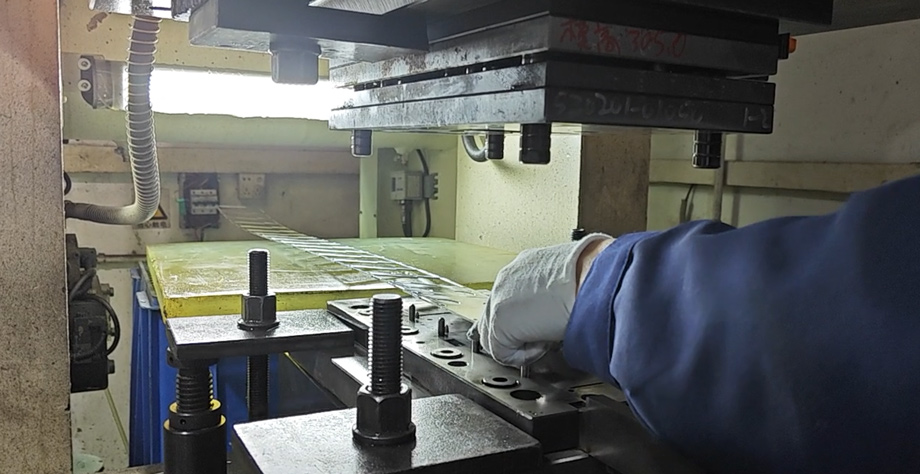Are you looking for high-quality stamping products? Look no further than JS Precision! As a professional stamping manufacturer, we strive to provide our customers with the best products and services. If you’re interested in learning more about the stamping method, you’ve come to the right place! In this article, we’ll be discussing the 7 steps in the stamping method, so you can gain a better understanding of what we do and how we can help you.

But before we dive into the 7 steps, let’s briefly discuss what stamping is. Stamping is a manufacturing process that involves cutting, bending, or shaping materials, such as metal, plastic, or wood, into a desired shape or form. This process is commonly used in the automotive, aerospace, and electronics industries, among others.
Now, let’s get down to business! Here are the 7 steps in the stamping method:
Step 1: Design and Tooling
The first step in the stamping method is the design and tooling stage. This involves creating a blueprint of the desired product and designing the tools needed to create it. At JS Precision, we use state-of-the-art software and equipment to ensure accurate and precise designs.
Step 2: Material Preparation
Once the design and tooling are complete, we move on to material preparation. This involves selecting the appropriate materials for the job and cutting them to the desired size and shape. At JS Precision, we work with a wide range of materials, including aluminum, brass, copper, stainless steel, and more.
Step 3: Blanking
The next step is blanking, which involves cutting the material into the desired shape using a die. This process is typically done using a hydraulic or mechanical press. At JS Precision, we use high-quality presses to ensure accurate and consistent cuts.
Step 4: Bending
After the material is cut, we move on to bending, which involves shaping the material into the desired form. This process is done using a press brake, which applies pressure to the material and bends it to the desired angle. At JS Precision, we have a wide range of press brakes to accommodate various shapes and sizes.
Step 5: Deep Drawing
If the product requires a deep drawing process, we move on to this step next. Deep drawing involves stretching the material over a die to create a three-dimensional shape. This process is typically used for products like cups, cans, and other hollow items.
Step 6: Assembly and Finishing
Once the product is cut, bent, and shaped, we move on to assembly and finishing. This involves joining multiple pieces together, such as welding or screwing, and applying any desired finishes, such as painting or plating. At JS Precision, we have a variety of finishing options to choose from, including powder coating, anodizing, and more.
Step 7: Inspection and Quality Control
The final step in the stamping method is inspection and quality control. This involves thoroughly examining the product to ensure it meets the desired specifications and standards. At JS Precision, we have a strict quality control process to ensure our products are of the highest quality.
Now that you have a better understanding of the 7 steps in the stamping method, why not trust JS Precision with your next project? Contact us today to learn more about our stamping services and how we can help you achieve your manufacturing goals.
